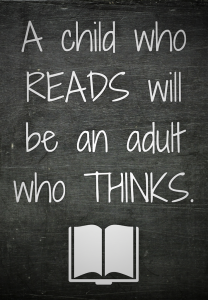Reader’s And Writer’s Workshop
1. The Connection Phase
The first phase, the Connection, is designed to engage learners and draw them into the lesson. Teachers help students make connections between today’s lesson and previous lessons, in order to build on current understanding.
2. The Teach Phase
Next, and arguably the most important, is the Teach phase. Teachers model, demonstrate, provide examples and explain a strategy that supports students in learning an essential reading skill. Teachers stick to teaching one specific strategy during a minilesson.
3. The Active Engagement Phase
After the Teach phase comes the Active Engagement. Students are invited to try out the strategy introduced by the teacher. Students typically will work with a partner during active engagement, but can also try out the work with a small group. Teachers move around the room monitoring conversation and supporting students as needed.
4. The Link Phase
The last phase is the Link. Teachers link the strategy to today’s work and to future literacy experiences, encouraging students to add it to their repertoire of tools to meet grade level expectations and skills in reading and writing.

